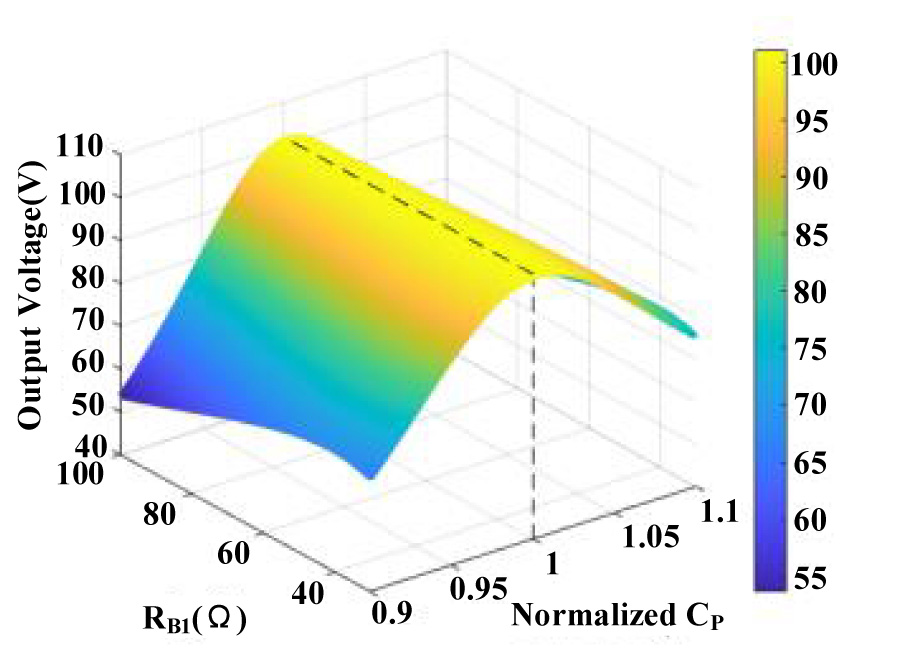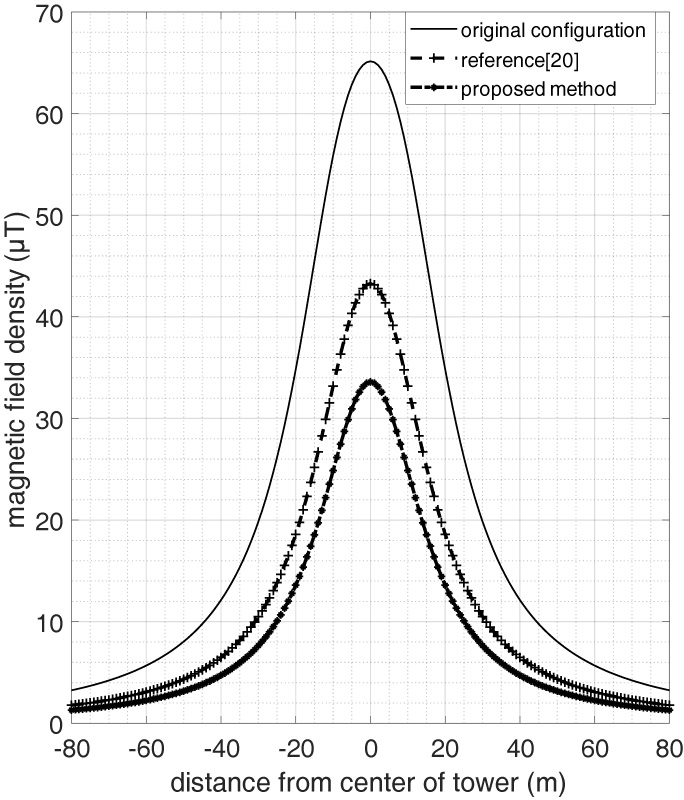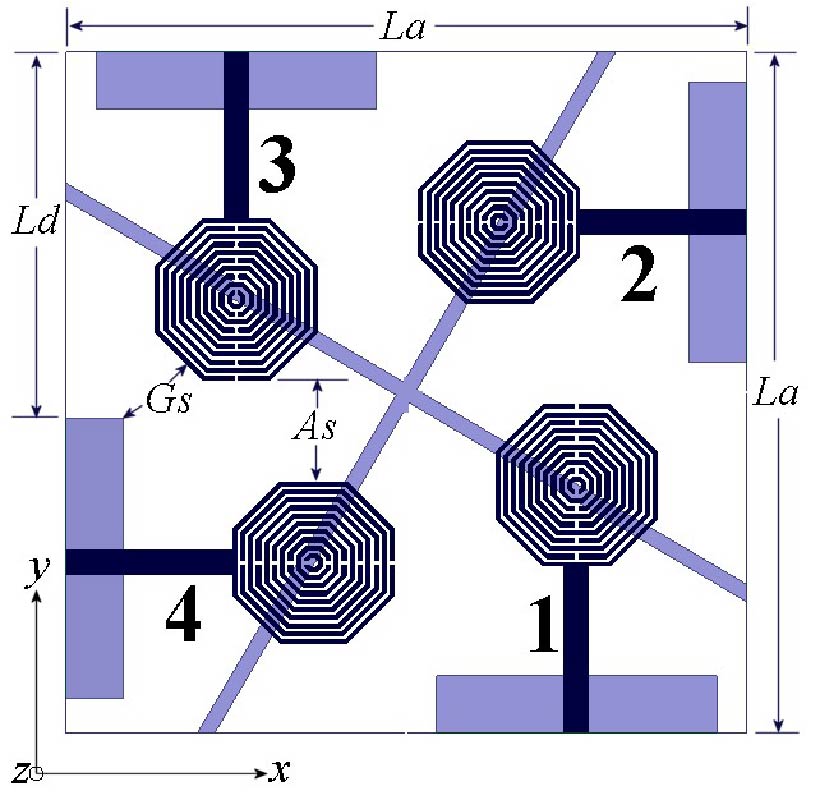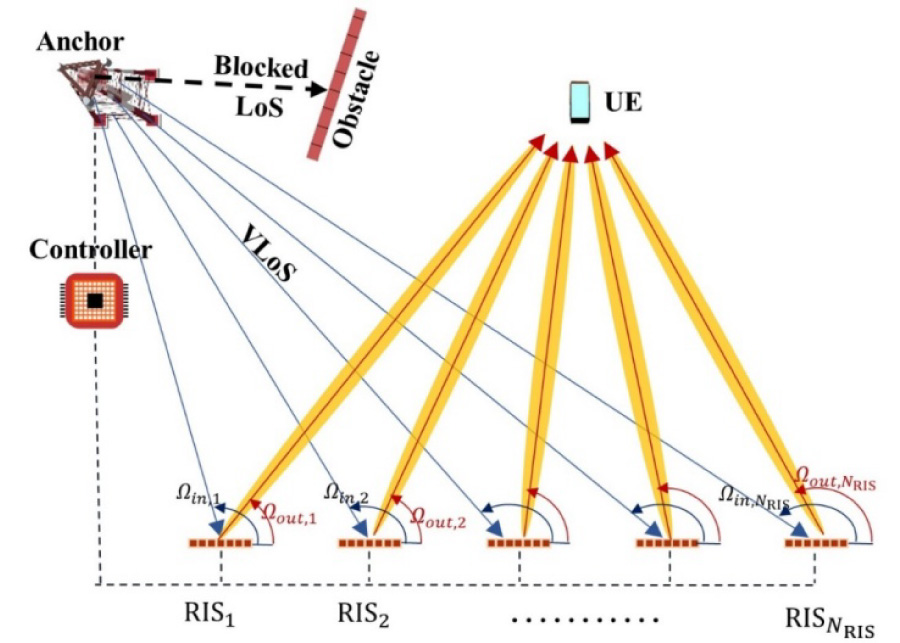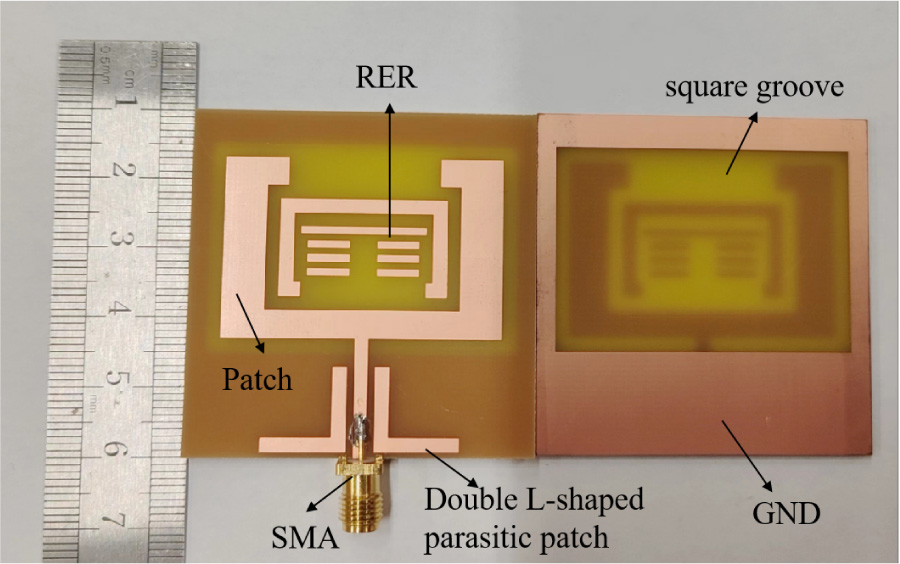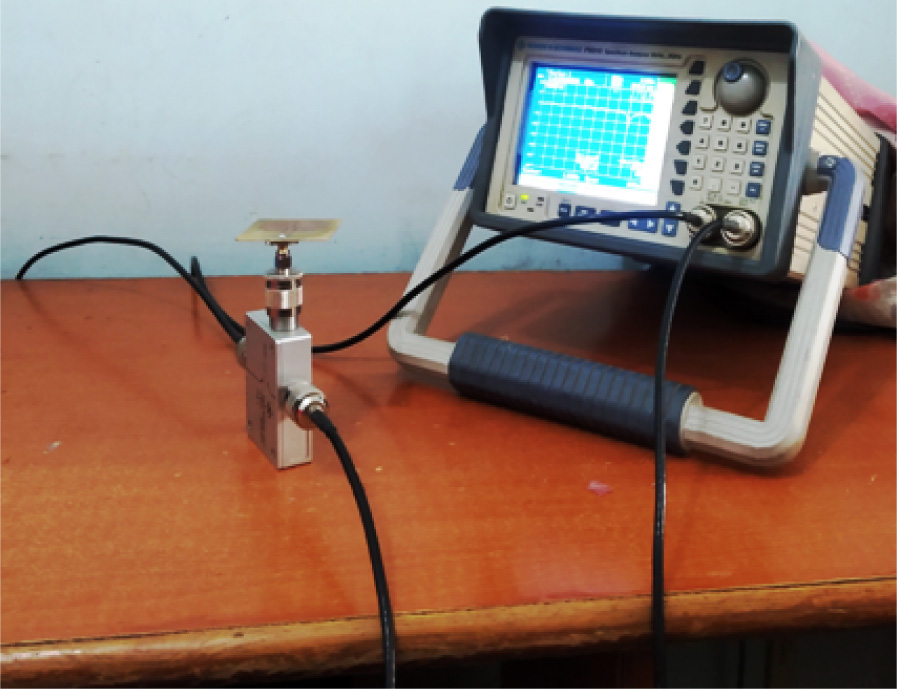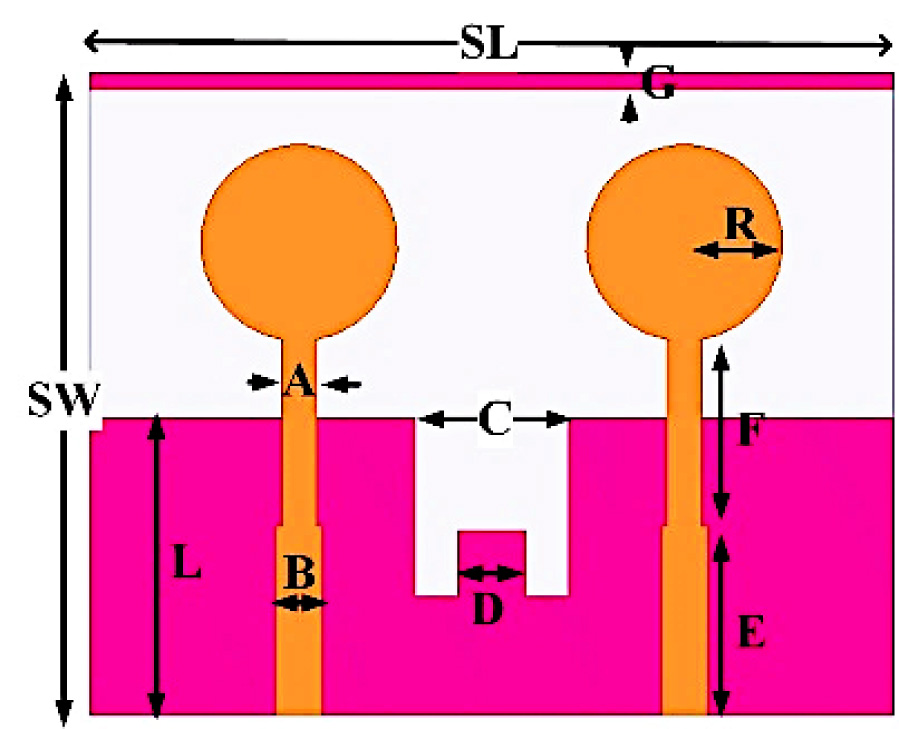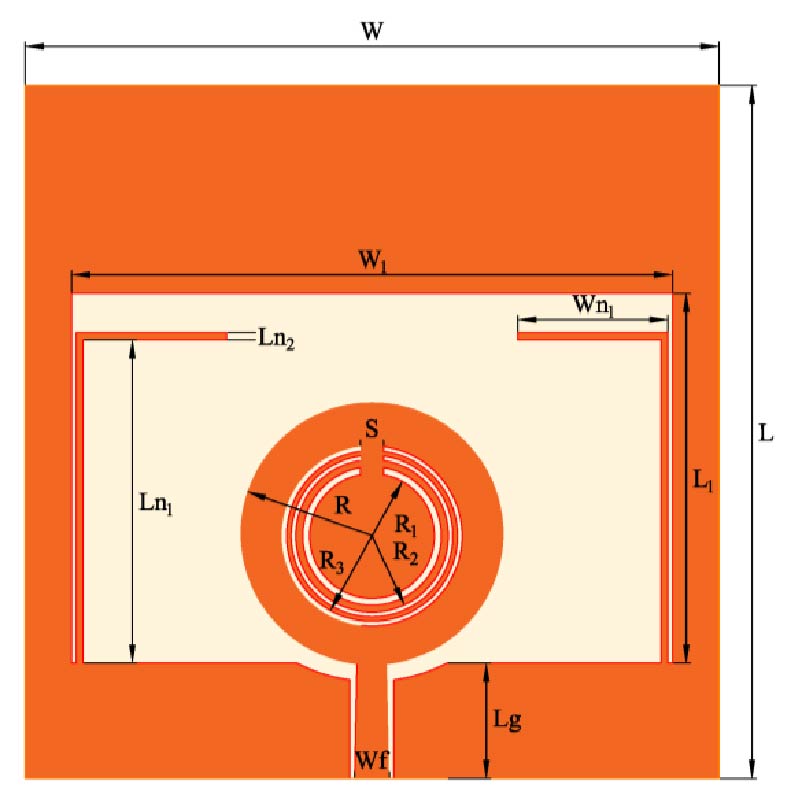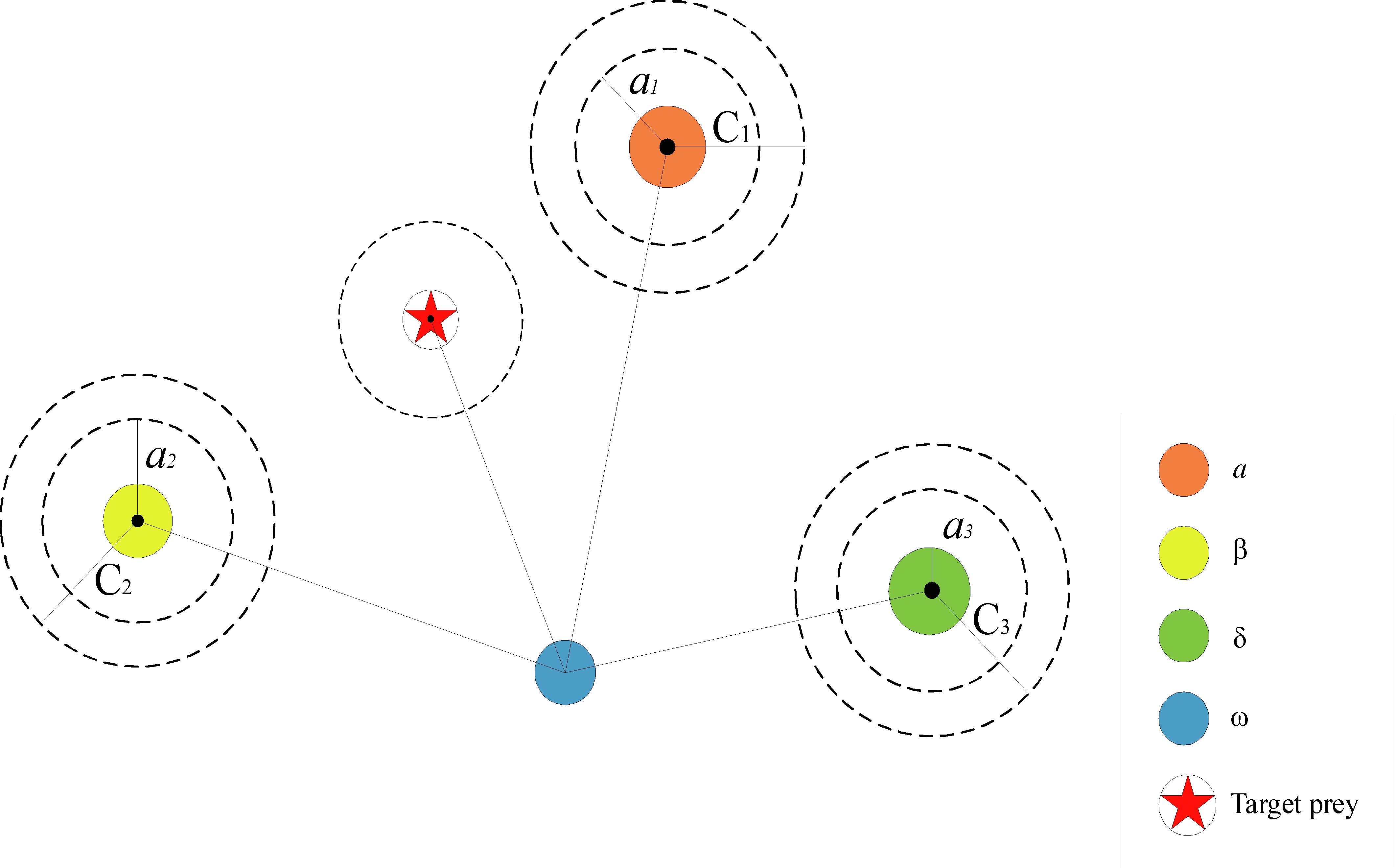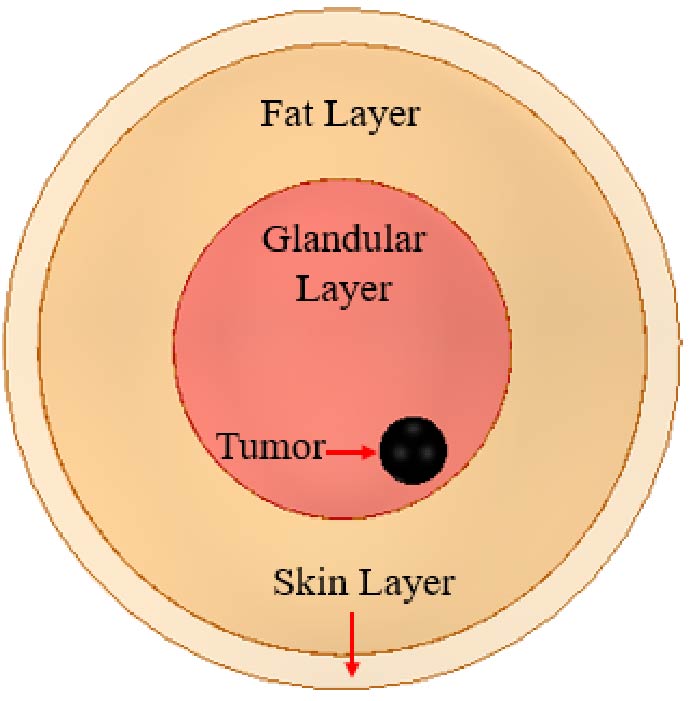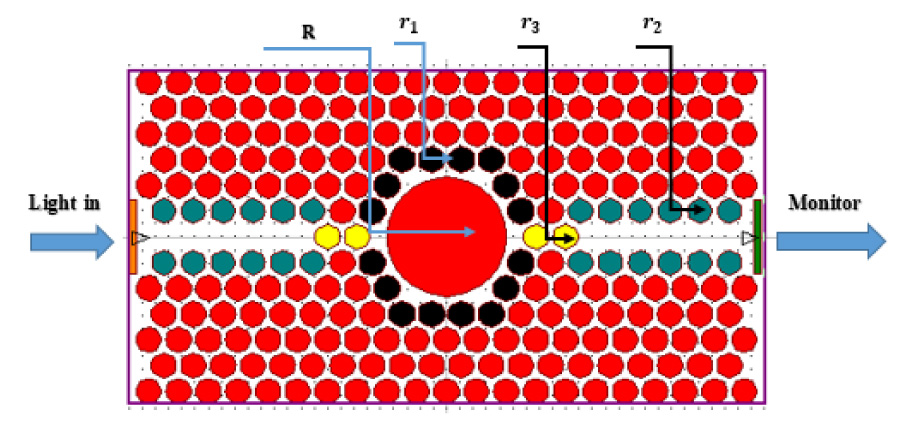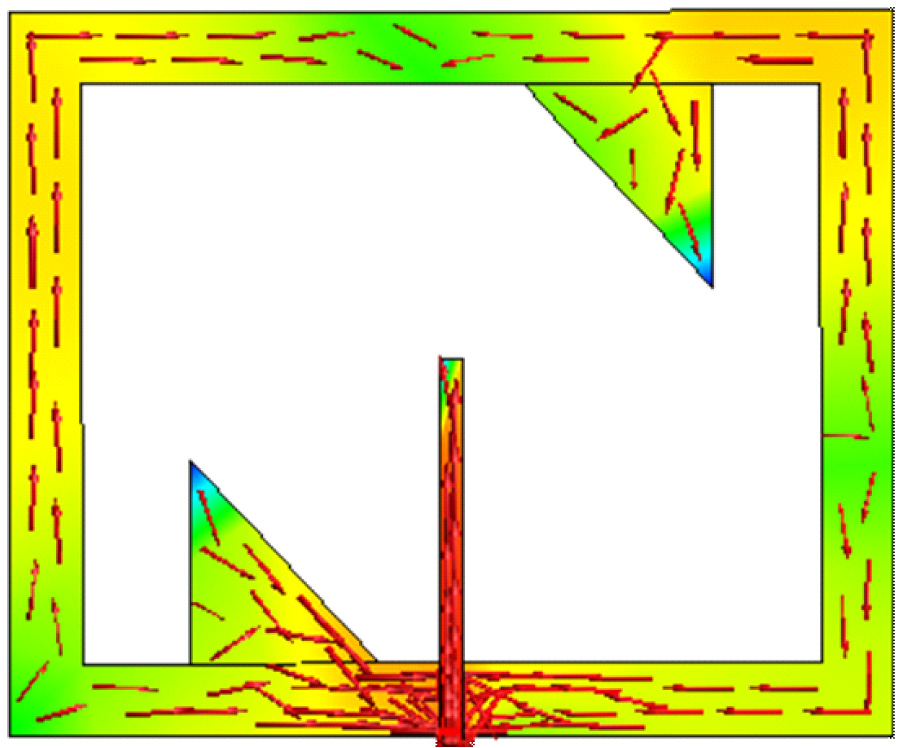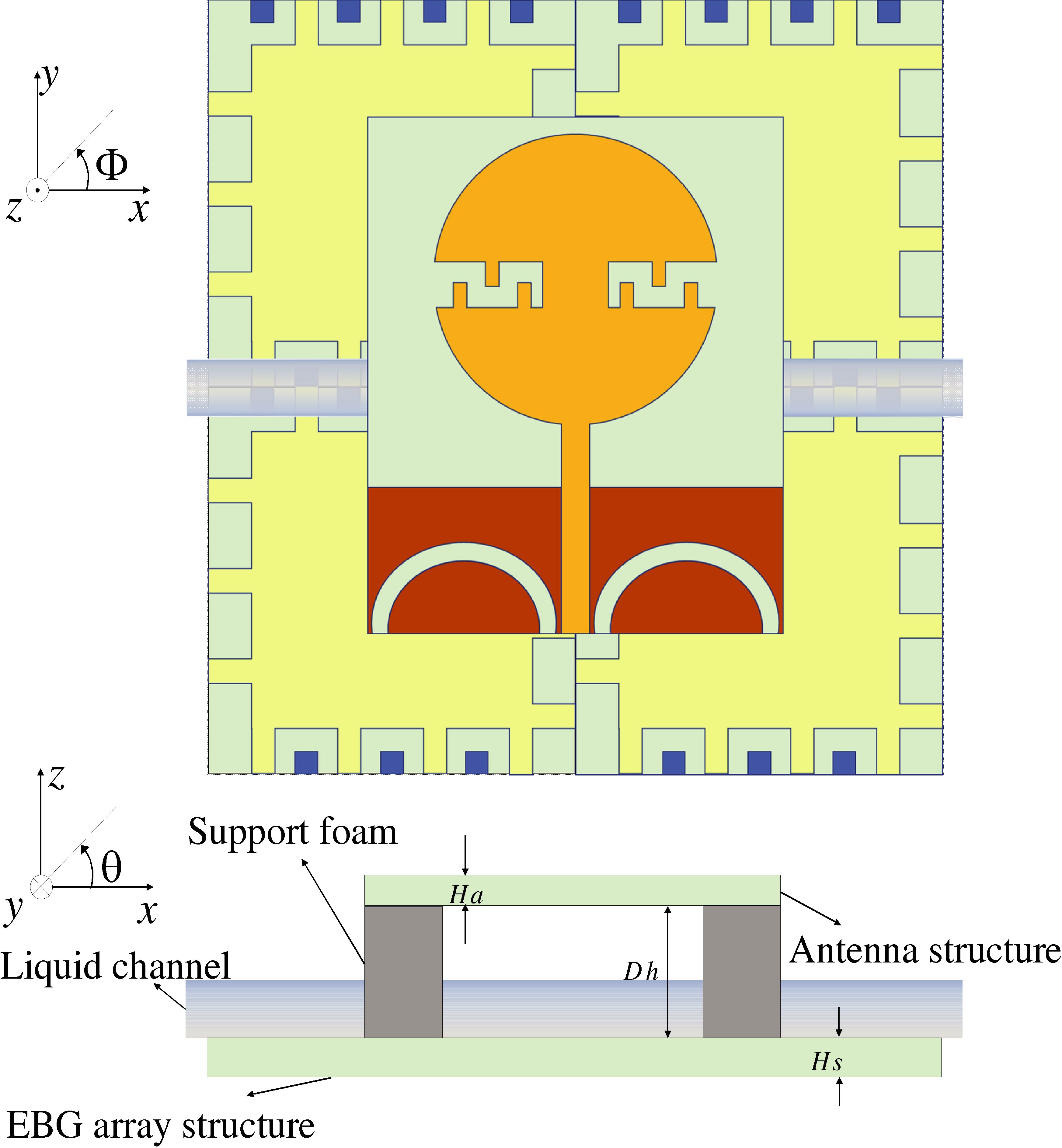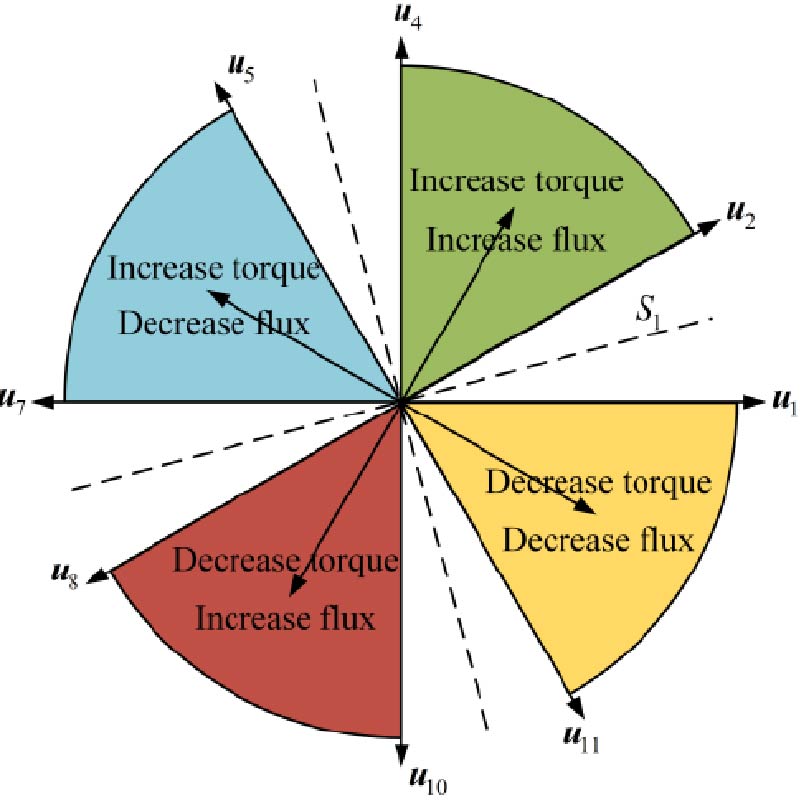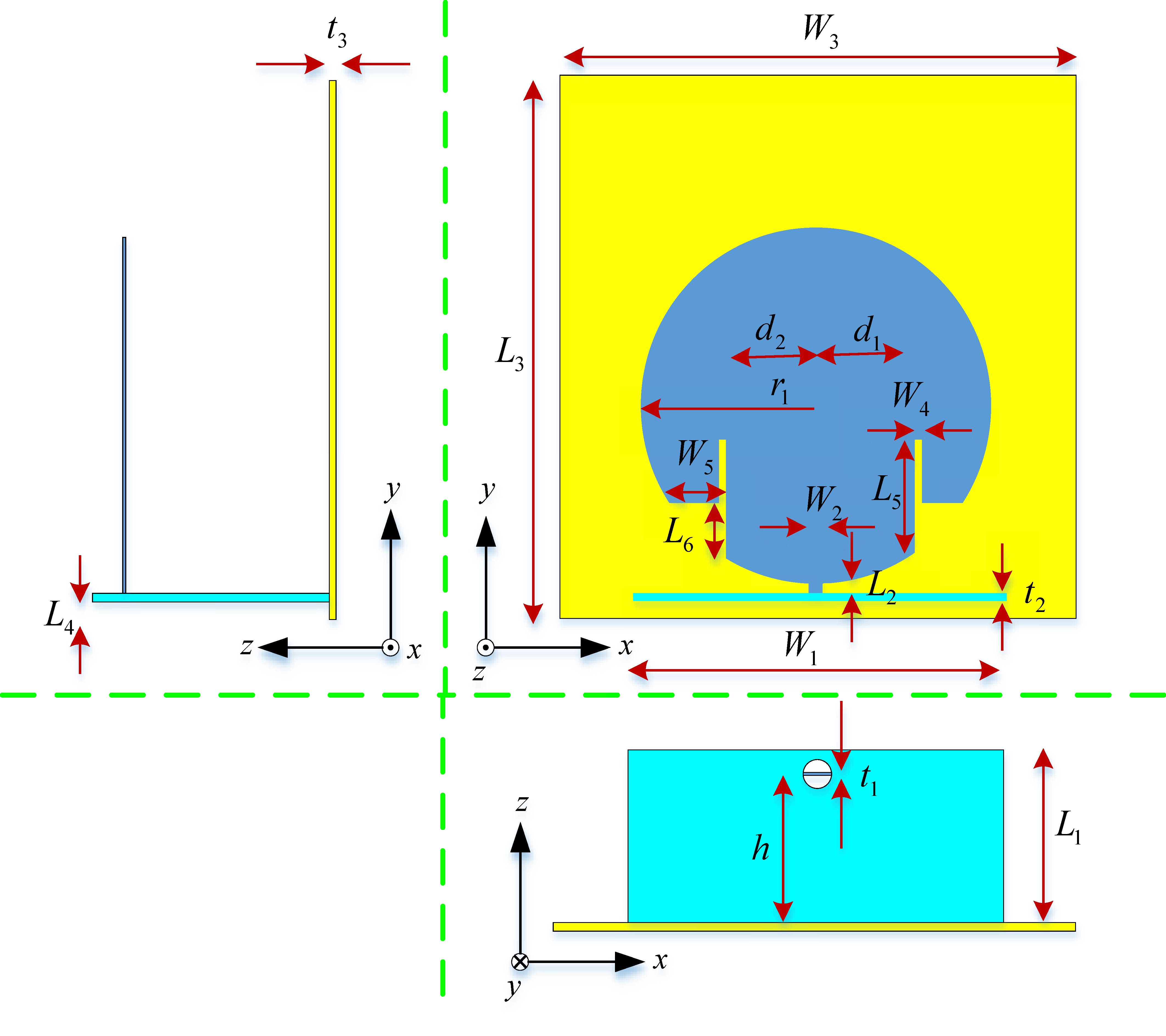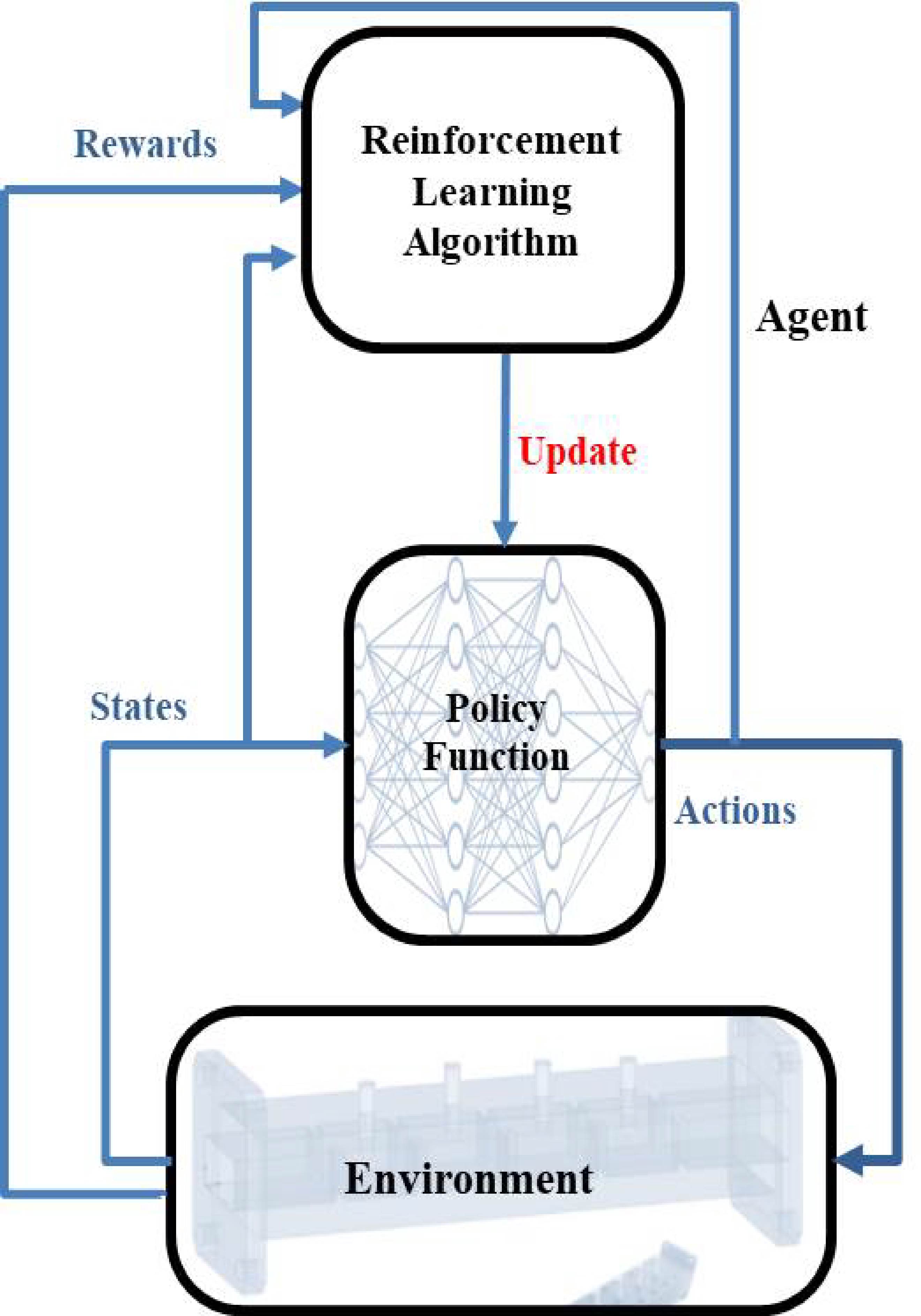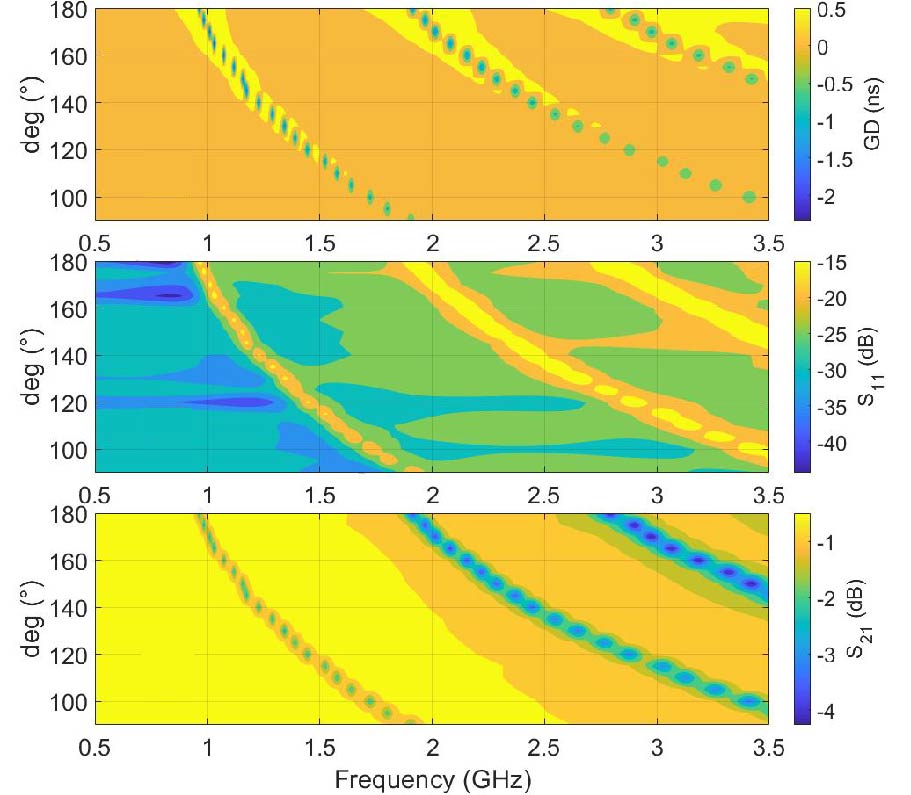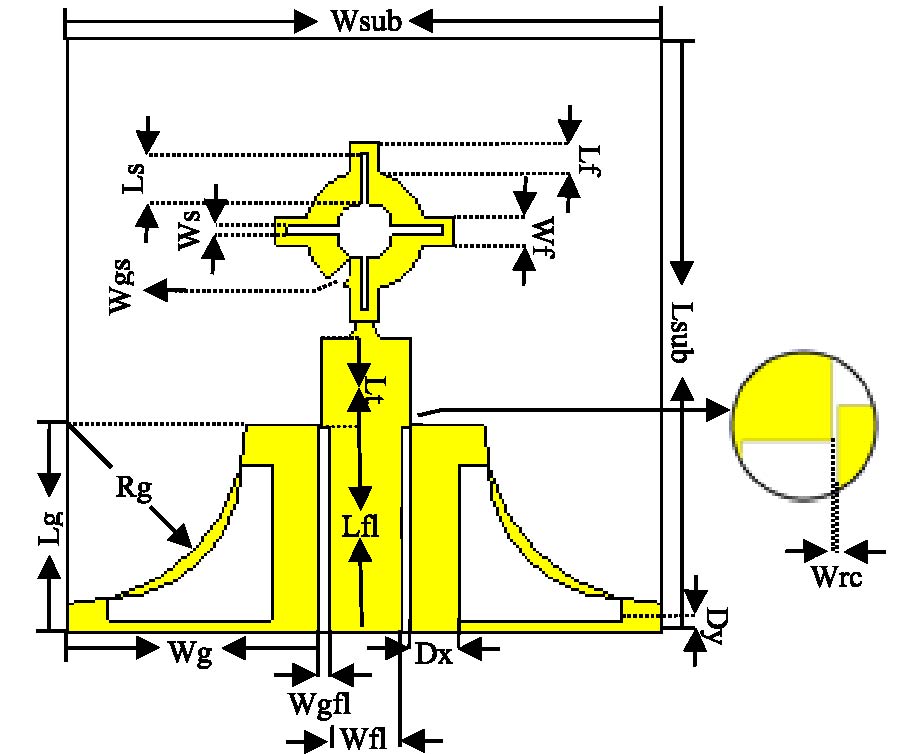Electromagnetic Characteristic Analysis and Optimization of a Novel Reverse Salient PMSM for Wide Speed Range
Ruipan Lu
,
Zhangqi Liu
,
Xiping Liu
,
Jianwei Liang
,
Weiliang Wu
and
Wenrui Wang
To address the issues associated with the conventional permanent magnet synchronous machine, particularly difficulties in adjusting the air-gap flux barrier and the limited range of constant power speed regulation, this paper introduces a novel approach. It combines the intensifying-flux effect with the permanent magnet synchronous machine to propose a new design known as the reverse salient permanent magnet synchronous machine (RS-PMSM) with a multilayered flux barrier. This innovation serves to enhance the working performance of the permanent magnets. The paper's structure includes an initial introduction to the RS-PMSM, outlining its structure and operational principles. Following this, an optimization approach employing NSGA-II is used to define the RS-PMSM's optimization model. The objectives of this optimization encompass torque, torque ripple, and the reverse salient pole ratio. The study then proceeds to conduct a comprehensive set of performance analyses and comparisons, involving the initial machine, the optimized machine, and a conventional machine. The performance metrics considered include no-load air-gap flux density, reverse electromotive force, torque characteristics, speed range, and efficiency. Finally, the study verifies the design rationality of the RS-PMSM, highlighting its potential to address the challenges posed by traditional permanent magnet synchronous motors.
